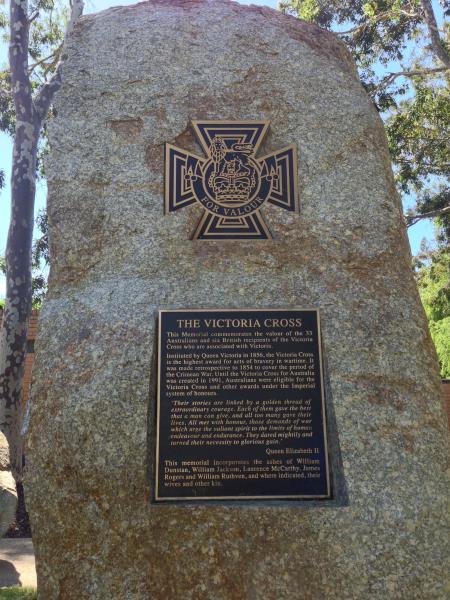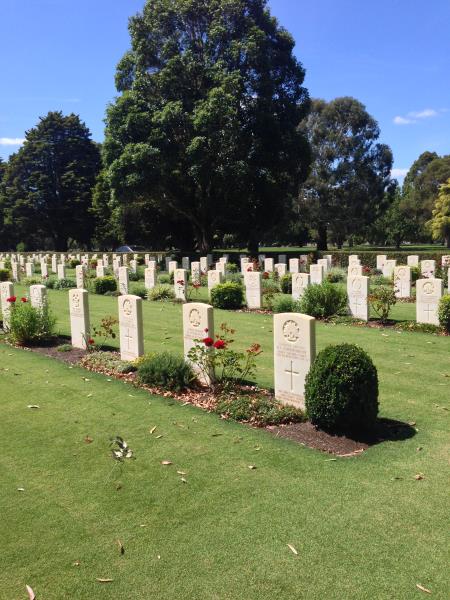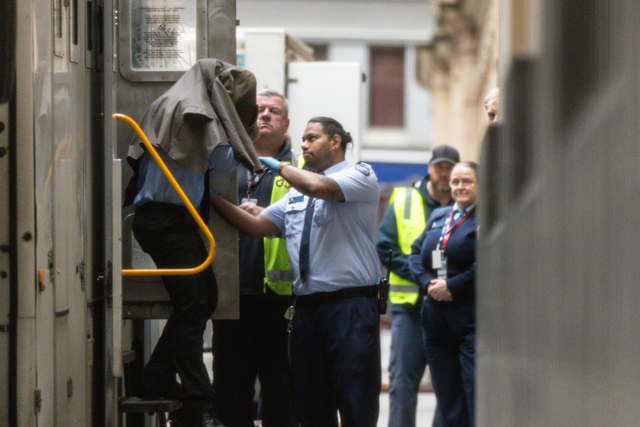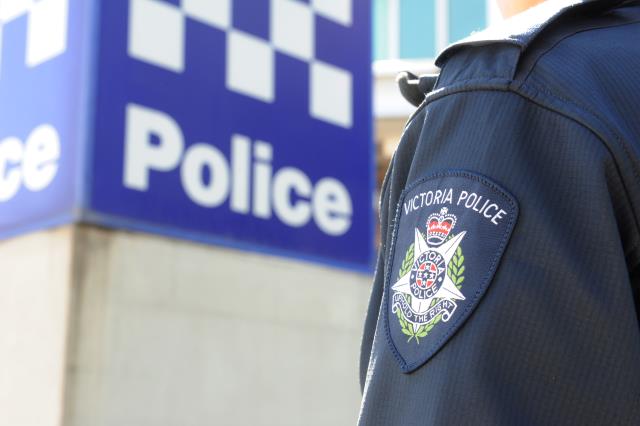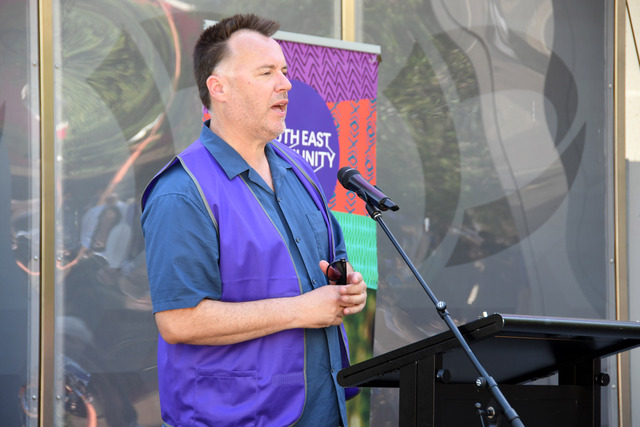
EIGHT Victoria Cross recipients have been laid to rest in the Springvale Botanical Cemetery – probably more than any other cemetery in Australia.
Historian and cultural heritage manager Dr Celestina Sagazio will guide a war heritage tour at the site and Springvale War Cemetery at noon on Anzac Day, 25 April.
It’s free to the public and will start at the Cross of Sacrifice in the Springvale War Cemetery, where more than 600 World War II service men and women are buried.
There are 98 WWII veterans buried in other plots throughout the main cemetery and 65 commemorated on the Springvale Crematorium’s walls.
The main cemetery is home to the remains of 48 WWI service men and women.
A Victoria Cross memorial there, unveiled in November 2013, incorporates the ashes of five recipients of the medal – William Dunstan, William Jackson, Lawrence McCarthy, James Rogers and William Ruthven.
Plaques exploring the lives and war stories of 33 Australian and six British VC recipients adorn the large stone monument.
Queen Victoria instituted the honour in 1856, the highest award for acts of bravery in wartime.
Corporal William Dunstan was a drapery store clerk in Ballarat when WWI broke out.
He earned the VC on 9 August 1915 during one of the most famous assaults of the Gallipoli campaign, the Battle of Lone Pine.
Corporal Dunstan was defending a newly-captured trench when the Turks made a determined counter-attack.
Bombs destroyed a sandbag barricade three times but Corporal Dunstan and his colleagues rebuilt it despite their serious injuries.
Private William Jackson was the youngest Australian awarded the VC during WWI, at age 18.
He enlisted under-age in rural New South Wales in early 1915 and earned the VC in Armentieres, France, on 25 June 1916.
His patrol came under intense fire while returning from a successful raid on German trenches.
Private Jackson got to safety but insisted on returning to recover wounded men from no man’s land.
His “right arm was blown off above the elbow” when a shell exploded close by, but he returned to the trenches for help and went back out to search for his comrades.
An orphan from Perth, Western Australia, Lieutenant Lawrence McCarthy on 23 August 1918 earned a VC during an attack near Madame Wood, France.
When German machine guns held up a nearby battalion, Lieutenant McCarthy dashed across the open, dropped into a disused trench and tunnelled through the block over which the enemy was firing.
He pushed his head and one arm through and shot dead the two machine gunners, then crawled through the hole and by himself charged down the trench, throwing bombs and shooting Germans with his revolver.
He captured five machine guns and 50 prisoners and single-handedly killed 20 enemy soldiers.
Lieutenant James Rogers earned his VC in South Africa during the Boer War.
In 1901 during an ambush by about 60 Boers, under heavy fire he on three separate occasions rescued soldiers who had lost their horses.
He suffered serious wounds in Gallipoli in 1916.
Second Lieutenant William Ruthven was a timber industry mechanic from Collingwood and his VC was awarded after he took control during an attack near Ville-sur-Ancre on 19 May 1918 after his commander was severely wounded.
To combat heavy enemy machine gun fire, he threw a bomb that landed beside the post, rushed the position, bayoneted one of the crew and captured the gun.
Second Lieutenant Ruthven then wounded two and captured six enemy men coming out of a shelter and reorganised his men.
He spotted enemy soldiers nearby and armed only with a revolver went over the open ground alone and shot two men.
He then single-handedly mopped up this post and captured the whole enemy force of 32 and kept them prisoner until assistance arrived to escort them back to Australian lines.


